Can kinetic sand and slime be combined to create a unique sensory experience? Let’s dive into a fun experiment to find out!
Key Takeaways:
- When combined, kinetic sand and slime create a unique texture that combines the stretchiness of slime with the grainy, flowing properties of kinetic sand.
- To make sand slime, mix white PVA school glue, liquid starch, water, and beach sand, play sand, or craft sand.
- Slime is made by mixing glue with an activator like borax, sodium borate, or baking soda mixed with water.
- Slime is a non-Newtonian fluid, behaving as both a liquid and a solid.
- Liquid starch, saline solution, or borax powder can be used as activators when making slime.
- Kinetic sand is a popular sensory play material known for its stretchiness, moldability, and unique texture.
- Homemade kinetic sand can be made by combining slime with play sand, adjusting the ratio for the desired consistency.
- Playing with kinetic sand and sand slime provides a sensory experience, promotes fine motor skills, and encourages imaginative play.
- Proper safety and hygiene measures should be followed when playing with kinetic sand and slime.
- Storing kinetic sand and sand slime in airtight containers helps maintain their freshness and prevent drying out.
Before we explore combining kinetic sand and slime, it’s important to understand the science behind slime itself. Slime is made by mixing glue with an activator like borax, sodium borate, or baking soda mixed with water. The activator reacts with the glue to create a stretchy and solid slime. Slime is a special type of gooey material that can behave as both a liquid and a solid, depending on how it is handled. This makes it a non-Newtonian fluid, which means it doesn’t follow the normal rules of liquids or solids. When stretched slowly, slime flows like a liquid, but when pulled quickly or with more force, it becomes more solid.
When making slime, you can use either liquid starch, saline solution, or borax powder as the activator. Liquid starch is a popular choice because it is quick and easy to use. If you can’t find liquid starch, alternatives like saline solution or borax powder can also be used successfully. The key is to find the right ratio of the activator to glue for the desired consistency.
Now that we have a better understanding of slime, let’s explore combining it with kinetic sand. Kinetic sand is another sensory play material that children enjoy. It is stretchy, moldable, and has a unique texture. While you can buy kinetic sand in stores, it is also easy to make at home. The homemade version of kinetic sand requires slime as the secret ingredient. By combining slime with play sand, you can create a moldable and fluid kinetic sand.
To make homemade kinetic sand, you’ll need slime, disposable containers, a kitchen sifter, and play sand. Start by making the slime, either by buying it or making your own. Then, add the slime to a disposable container and slowly mix in the play sand. Use your hands to thoroughly mix the sand and slime until it forms a ball and is no longer sticky. Adjust the ratio of slime to sand as needed to achieve the desired consistency. Homemade kinetic sand can be stored in an airtight container to prevent drying out.
Playing with kinetic sand and sand slime provides a great sensory experience for children. It allows them to explore different textures, develop fine motor skills, and engage in imaginative play. Although kinetic sand is not edible, it is safe for children to play with under adult supervision. Ensuring that hands are washed after playing with slime and kinetic sand is important for hygiene. Proper storage in airtight containers can help preserve the texture of the sand and prevent it from drying out.
So go ahead and let your children explore the exciting combination of kinetic sand and slime. It’s a fun experiment that can provide hours of creative play and sensory stimulation.
Making Slime: Activators and Ratios
To create the perfect slime, it’s essential to choose the right activator and master the correct ratio. The activator is what causes the glue to transform into a stretchy and solid slime. There are several options for activators, including liquid starch, saline solution, and borax powder. Each activator works differently, so finding the one that suits your preferences is key.
Liquid starch: Liquid starch is a popular choice for making slime because it’s readily available and easy to use. It can be found in the laundry aisle of most supermarkets. When using liquid starch as an activator, start by adding a small amount to your glue and gradually increase until the desired consistency is achieved. Be careful not to add too much starch, as it can make the slime too stiff.
Saline solution: Saline solution, commonly used for contact lenses, can also be used as an activator for slime. It contains sodium borate, which reacts with the glue to create the slime’s texture. When using saline solution, add a few drops at a time to the glue and mix well. Continue adding drops until the slime forms and is no longer sticky. Be cautious not to use a saline solution that contains other additives, such as preservatives or moisturizers.
Borax powder: Borax powder is another popular activator for slime. It can be found in the laundry aisle or online. When using borax powder, dissolve a small amount in warm water and mix well. Add the borax solution to the glue and stir until the slime forms. Be cautious not to add too much borax, as it can make the slime too firm or even cause skin irritation for some individuals. If you’re concerned about using borax, there are borax-free recipes available that use alternative ingredients.
Experiment with different activators and ratios to find the perfect consistency and stretchiness for your slime. Remember, the amount of activator you need may vary depending on the brand of glue you use. It’s always a good idea to start with a little and gradually add more until you achieve the desired result. Enjoy the process of creating slime, and let your imagination run wild!
Slime Activator Comparison
| Activator | Pros | Cons |
|---|---|---|
| Liquid starch | – Easy to find in stores – Simple to use – Gives a stretchy and smooth texture |
– Can make slime too firm if too much is added – May leave residue on hands or surfaces |
| Saline solution | – Convenient and readily available – Produces a stretchy and glossy slime |
– Some solutions may contain additives that affect slime consistency – Requires careful selection to avoid irritation |
| Borax powder | – Produces a consistent and stretchy slime – Cost-effective if bought in bulk |
– Requires careful handling to avoid skin irritation – Not recommended for young children |
Remember to have fun and experiment with different activators and ratios until you find the perfect combination that gives you the slime consistency you desire. Happy slime making!
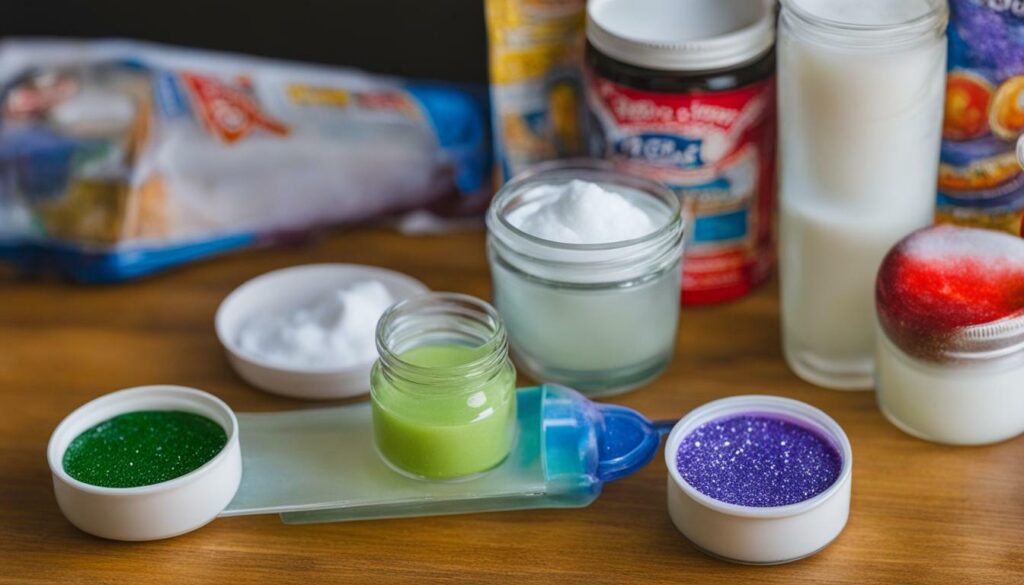

Introduction to Kinetic Sand
Let’s take a closer look at kinetic sand, a favorite among children for its sensory play possibilities and distinct texture. Kinetic sand is a type of sand that is specially formulated to be moldable and fluid, allowing children to shape and sculpt it with their hands. Unlike traditional sand, kinetic sand sticks to itself and not to surfaces, making clean-up a breeze. It is a fantastic tool for developing fine motor skills, encouraging creativity, and providing a soothing sensory experience.
Kinetic sand is made from a mixture of sand and a binding agent that gives it its unique properties. The binding agent helps the sand particles stick together, allowing the sand to be molded into various shapes and structures. It has a smooth and silky texture that is both satisfying to touch and visually appealing. When you squeeze or mold kinetic sand, it holds its shape well but also easily crumbles back into its original form. This makes it a great material for building sandcastles, creating intricate designs, or simply enjoying the sensation of sand running through your fingers.
One of the key advantages of kinetic sand is that it is mess-free. It doesn’t leave a residue on hands or surfaces, making it ideal for indoor play. The sand particles are coated with a special substance that repels water, ensuring that the sand stays dry even after being molded or played with. This means that you can enjoy all the fun of playing with sand without the worry of a messy aftermath.
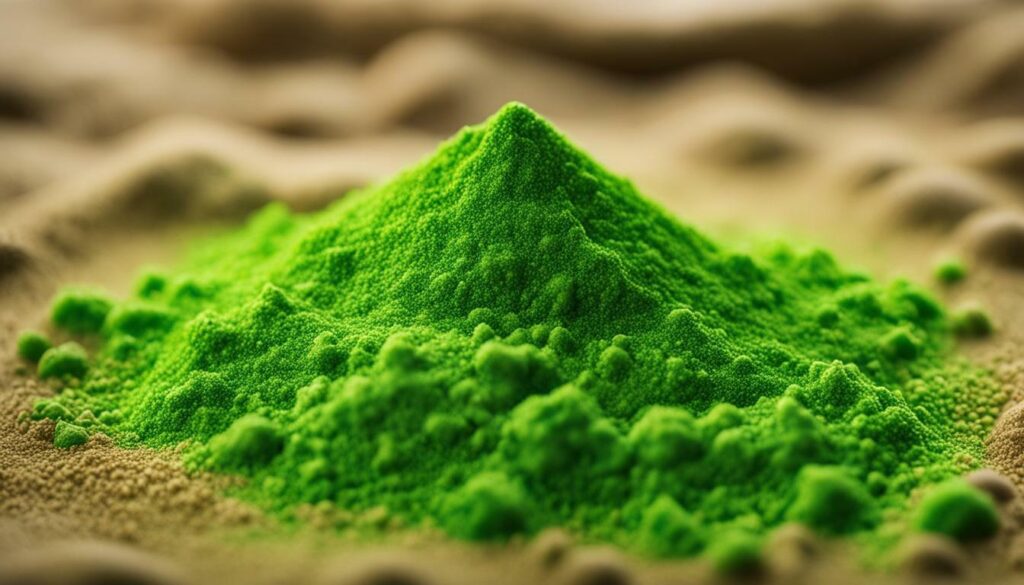

Benefits of Kinetic Sand
- Develops fine motor skills: Manipulating and molding the sand helps strengthen hand muscles and improve hand-eye coordination.
- Encourages creativity: Kinetic sand provides endless possibilities for imaginative play, allowing children to bring their ideas to life.
- Calming and soothing: The soft texture and gentle movement of kinetic sand can have a calming effect, making it a helpful tool for relaxation and stress relief.
- Engages the senses: The tactile sensation of kinetic sand stimulates the sense of touch, while the vibrant colors available add visual appeal.
- Easy to clean: Kinetic sand doesn’t stick to surfaces and is easy to pick up, making clean-up a breeze.
Whether it’s building sandcastles, creating imaginary landscapes, or simply enjoying the relaxing sensation of sand slipping through your fingers, kinetic sand offers a unique and enjoyable sensory play experience. Its versatility and mess-free nature make it a favorite among children and parents alike. So, get ready to unleash your creativity and explore the endless possibilities of kinetic sand!
| Actionable Steps | Benefits |
|---|---|
| Provide a tray or container for playing with kinetic sand | Keeps the play area tidy and contained |
| Offer a variety of tools and molds | Enhances imaginative play and creativity |
| Engage in conversation about the sand’s texture and color | Encourages sensory exploration and vocabulary development |
| Join in the play and explore different ways to mold and shape the sand | Strengthens parent-child bonds and fosters social interaction |
Homemade Kinetic Sand Recipe
Get ready to make your own moldable and fluid kinetic sand using a simple homemade recipe! By combining slime with play sand, you can create a fun and interactive sensory material that children will love.
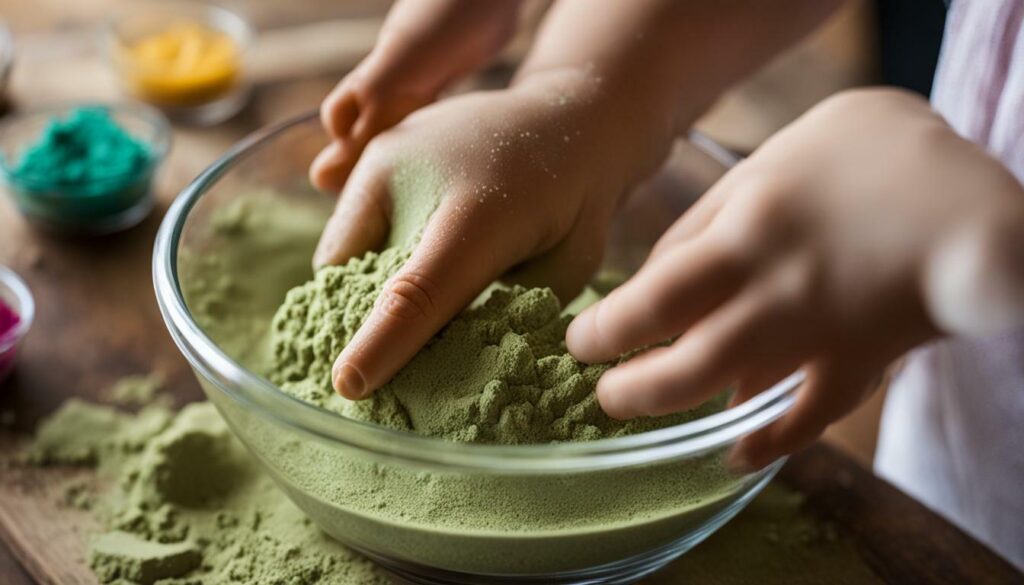

- Slime (buy or make your own)
- Disposable containers
- Kitchen sifter
- Play sand
First, make the slime by following your preferred recipe or using a store-bought version. Add the slime to a disposable container and slowly mix in the play sand. Use a kitchen sifter to ensure that the sand is evenly distributed and any clumps are broken up.
Using your hands, thoroughly mix the sand and slime until they are fully combined and form a ball. If the mixture is too sticky, add more play sand. If it’s too dry, add a little more slime. The goal is to create a moldable and fluid texture that can be easily shaped and molded.
Once you have achieved the desired consistency, your homemade kinetic sand is ready to play with! Encourage children to explore its unique texture and experiment with different shapes and designs. When playtime is over, store the kinetic sand in an airtight container to keep it fresh and prevent it from drying out.
Playing with Kinetic Sand and Sand Slime
Playing with kinetic sand and sand slime offers a world of sensory exploration, fine motor skill development, and endless imaginative possibilities. Children can dive their hands into the soft, flowing texture of kinetic sand, feeling the grains slip through their fingers. As they shape and mold the sand, they exercise their fine motor skills, improving hand-eye coordination and finger strength. Whether it’s building sandcastles, creating sand sculptures, or simply running their fingers through the sand, children can let their imaginations run wild.
The combination of kinetic sand and sand slime takes sensory play to another level. The stretchy, pliable nature of slime adds a new dimension to the tactile experience. Children can mix the slime and sand together, feeling the different textures blend and transform in their hands. They can create a variety of shapes and patterns, squishing and stretching the sand slime to their heart’s content. The ability to imprint objects or create intricate designs with sand slime sparks creativity and encourages imaginative play.
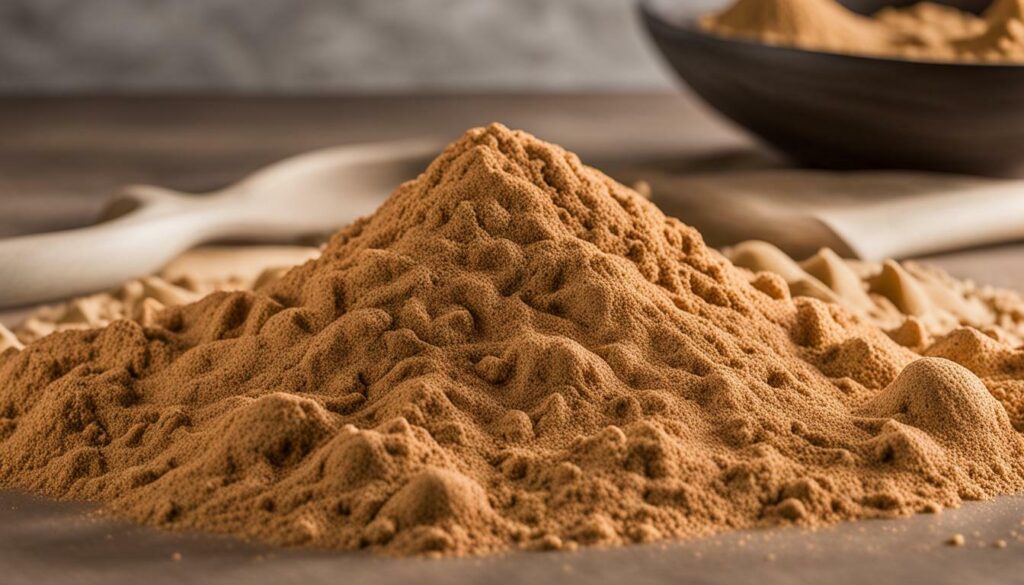

Parents and caregivers can also incorporate additional elements into the play to enhance the sensory experience. Adding small toys or figurines that can be buried and uncovered in the sand slime adds a thrilling element of surprise and discovery. Scented oils or food coloring can be used to stimulate the sense of smell and add a pop of color to the play. With each sensory encounter, children engage their senses, fostering cognitive development and providing a multisensory learning experience.
So, gather some kinetic sand, whip up a batch of sand slime, and let the sensory adventure begin! Watch as your child explores, creates, and discovers the endless possibilities that await in the world of kinetic sand and sand slime.
Safety and Storage Tips
While kinetic sand and slime can be a lot of fun, it’s important to prioritize safety and proper storage for optimal playtime enjoyment. Here are some safety tips to keep in mind when playing with these sensory materials:
- Adult Supervision: Always supervise children when they are playing with kinetic sand and slime to ensure they are using them safely. This will help prevent any accidents or ingestion of the materials.
- Hand Washing: After playing with slime and kinetic sand, it’s crucial to wash hands thoroughly with soap and water. This will remove any residue or bacteria and promote hygiene.
- No Eating: Do not let children eat kinetic sand or slime, as they are not edible. It’s important to educate children about the difference between sensory play materials and food.
- Storage: To maintain the texture and freshness of kinetic sand, it should be stored in an airtight container. This will prevent it from drying out and ensure it can be used for future play sessions.
- Hygiene: Keeping the storage containers clean and dry is also essential to maintain the quality of kinetic sand. Make sure to wipe the containers regularly to avoid any mold or bacteria growth.
Proper safety measures and storage practices will ensure that children can continue to enjoy the tactile and imaginative play experiences offered by kinetic sand and slime. By following these guidelines, parents and caregivers can create a safe and engaging environment for children to explore their creativity.
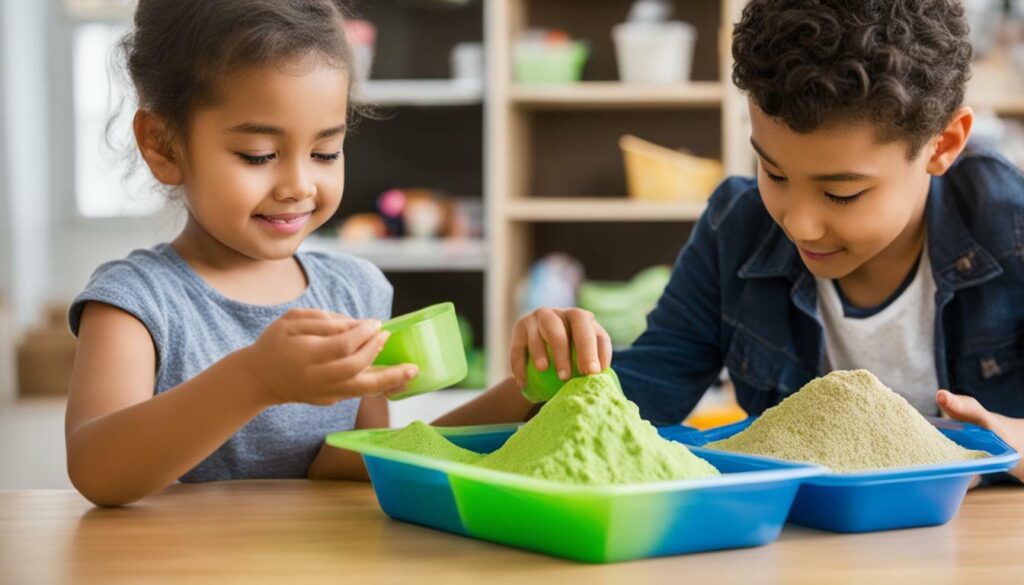

Conclusion: The Perfect Combination
Kinetic sand and slime truly make the perfect combination, offering a one-of-a-kind texture and an incredible sensory play adventure. When these two materials are mixed, the result is a sensory experience that children will love. The stretchy and moldable properties of slime combine with the grainy and flowing nature of kinetic sand, creating a unique tactile sensation.
Making sand slime is a simple process that only requires a few ingredients. By mixing white PVA school glue, water, liquid starch, and sand together, you can create a versatile material that can be molded into different shapes and imprinted with objects. Whether it’s building sandcastles, making handprints, or simply exploring the texture, sand slime provides endless possibilities for creative play.
It’s important to note that the science behind slime and the unique texture of kinetic sand enhance the sensory play experience in different ways. Slime’s non-Newtonian properties allow children to explore the behavior of different materials, while kinetic sand’s moldable nature encourages fine motor skills development and imaginative play.
When playing with kinetic sand and sand slime, safety and hygiene should always be a priority. Adult supervision is necessary, especially for younger children who may be tempted to put the materials in their mouths. Additionally, proper hand washing after playing with slime and kinetic sand is important to maintain cleanliness and prevent the spread of germs.
By storing homemade kinetic sand in airtight containers, you can ensure its freshness and prevent it from drying out. This will extend the lifespan of the sand slime and allow children to continue enjoying its unique texture over time.
